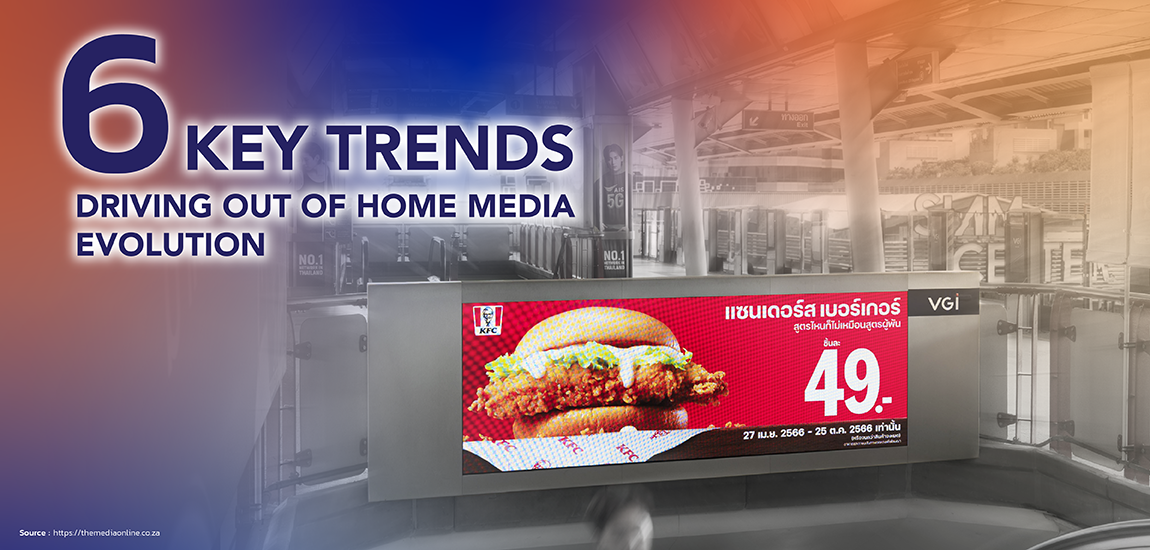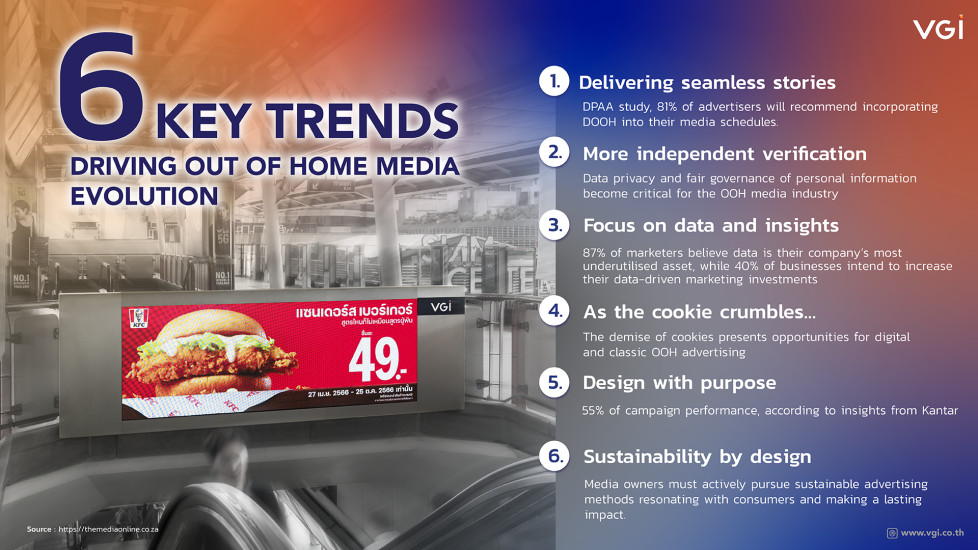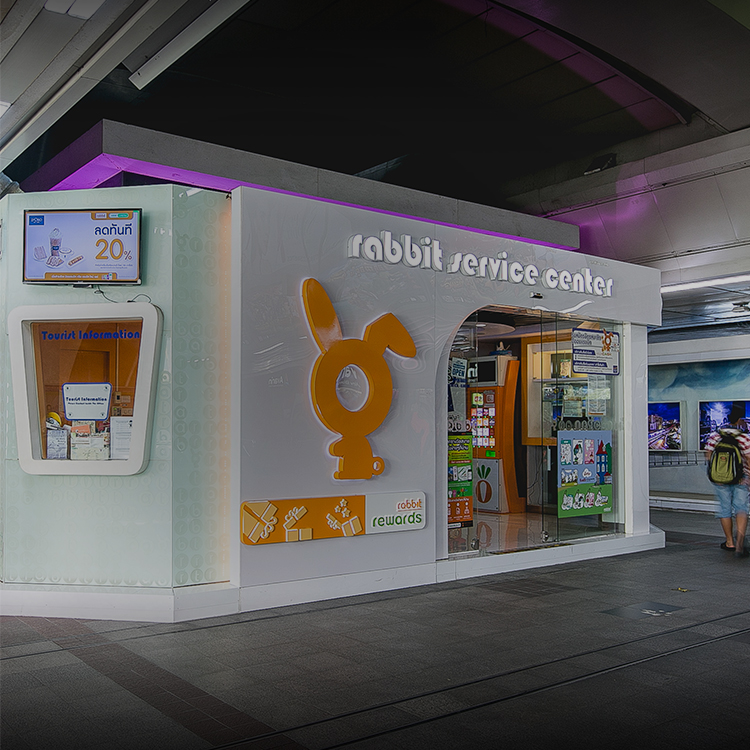
21 Jul 2023
Six key trends driving out of home media evolution
Outdoor advertising is evolving with advancements in technology like digital displays, programmatic trading, augmented reality, AI, and interactive experiences. Embracing a data-by-design approach along the entire value chain will impact demand, performance, media value, and campaign management. As online media ad spend rises, outdoor advertising must adapt and find innovative ways to engage consumers. Utilizing shared data points, the outdoor ad industry needs to demonstrate how it complements and enhances campaigns across various verticals, with tailored creativity for each channel.
Media agencies and brands now demand targeted advertising, improved measurement and post-campaign reporting, all of which data and technology unlock value and maintain relevance within the media mix.
1. Delivering seamless stories
Digital-out-of-home (DOOH) is set to be one of the fastest-growing channels this year, with an expected 8.4% increase in ad spending. DOOH played a crucial role in the industry’s post-pandemic recovery.
Over the next three years, DOOH is projected to capture 38% of total out-of-home ad spending. A DPAA study indicates that 81% of advertisers will recommend incorporating DOOH into their media schedules.
The sector will see significant growth in the number of screens across environments and locations, driven by affordable pricing, improved display quality, and advanced screen technology. Increased availability will impact demand, mobile insights, and media owners’ rates.
2. More independent verification
With scale comes complexity, as more screens, environments, and diverse campaign deployment methods impact trust and transparency.
As technology advances and businesses rely more on data, data privacy and fair governance of personal information become critical for the outdoor media industry, heavily dependent on mobile data. Data policies and internal practices need to ensure compliance.
The rise of DOOH billboards, place-based networks, technology, and data vendors demands media owners’ careful attention to supplier procurement policies, ensuring compliance in media planning, targeting, and reporting.
Media agencies and brands require detailed delivery insights for on-the-fly campaign optimization and accurate campaign playouts.
3. Focus on data and insights
Data and insights fuel investment, with 87% of marketers seeing data as their most underutilized asset, and 40% of businesses intend to increase data-driven marketing investments. To remain relevant and enable growth, the outdoor sector must enhance collaboration between media owners and industry players to define a clear data strategy across environments. Diverse environments and multiple data vendors present challenges for media strategists, but marketers demand more insights from outdoor media to facilitate omnichannel media planning.
Leveraging a multi-vendor data approach and improved data integration, the industry can harness new technology and data sources to address diverse media strategies and planning areas. Unified platforms and data sources will enhance creative impact, campaign message optimization, and location insights for post-campaign reporting.

4. As the cookie crumbles…
The demise of cookies presents opportunities for digital and classic OOH advertising. The ‘cookieless’ future poses challenges for delivering personalized, targeted advertising and measuring campaign effectiveness.
5. Design with purpose
Creative plays a critical role, accounting for up to 55% of campaign performance, as per Kantar insights. OOH must invest in new technologies and approaches to deliver personalized content to specific audiences. Data and tech enable new approaches, like A/B testing and content adjustments based on changing conditions and trends. AI and machine learning optimize outdoor creative, considering consumption context, and improve automation for dynamic playouts and targeted messaging.
6. Sustainability by design
Consumer focus on sustainability grows, with support for brands and organizations aligned with values and lifestyle. Companies must avoid ‘greenwashing,’ deceptive practices impacting brand trust.
Media owners must actively pursue sustainable advertising methods resonating with consumers and making a lasting impact. Key areas include energy consumption, recycling, supply chain management, and purposeful projects that benefit communities.
Excitingly, outdoor advertising is primed for growth, capitalizing on diverse market conditions and playing a more purposeful role in sales and marketing. Enhanced collaboration between media owners and agencies is essential to address the changing market and meet advertisers’ needs. The future of outdoor advertising will be immersive, personalized, and data-driven.
Source : https://themediaonline.co.za/2023/07/six-key-trends-driving-out-of-home-media-evolution/









